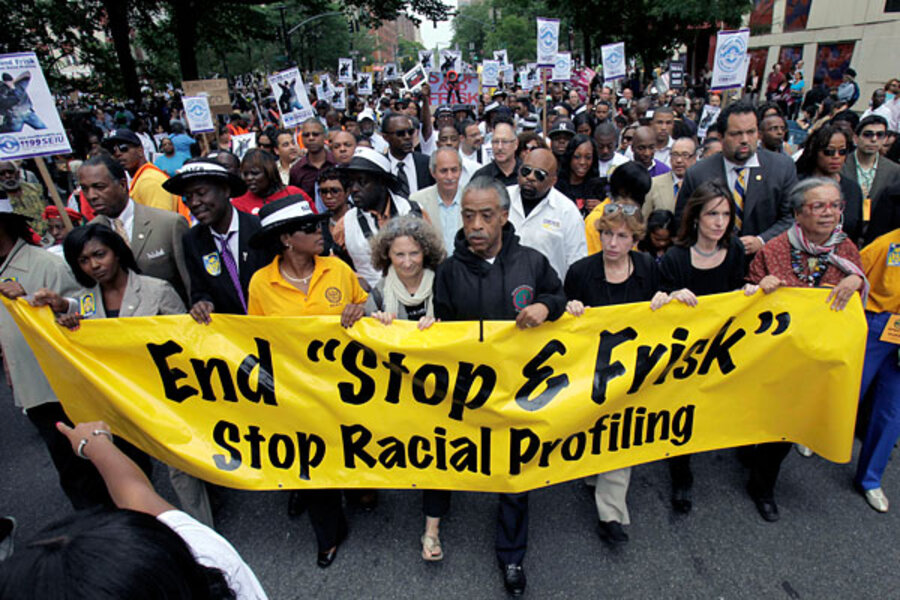Although a federal judge ruled the NYPD's practice of stop and frisk to be unconstitutional, the tactic remains legal if it follows already-established constitutional guidelines. Under the Fourth Amendment, which guards against unreasonable searches and seizures, law enforcement personnel needed “probable cause” to stop and search someone. That is, they need good reason to believe a person has committed or is about to commit a crime.
But a 1968 US Supreme Court decision, Terry v. Ohio, lowered that benchmark by allowing law enforcement to stop and search people in a public place if the officer “reasonably suspects” that someone is about to commit a crime, and can "articulate" a valid reason for the stop and frisk. Reasonable suspicion alone is not grounds for arrest, as probable cause is, but incriminating evidence found during a stop and frisk may be grounds for arrest.
The problem is that “reasonable suspicion” is more vague than “probable cause,” leading some opponents to argue that law enforcement officers use a person's race to determine reasonable suspicion, and therefore, perform stop and frisks.







